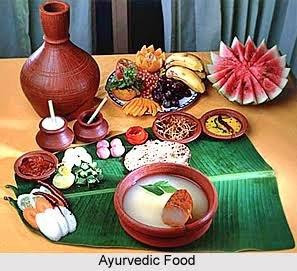The Rig Vedic period, marking the dawn of ancient Indian society, laid the foundation for many culinary traditions that resonate even today. While cereals like rice and barley formed the cornerstone of the Vedic diet, the culinary landscape was surprisingly diverse, encompassing a spectrum of foods reflecting both the culture and geographical influences of the time.
Agriculture, though still nascent, provided a range of pulses supplementing the staple grains. Dairy products, particularly milk, ghee, and yogurt, held a prominent place, underscoring their nutritional value and religious significance. The Vedic diet also incorporated meat, indicating a more inclusive dietary practice than often perceived. This reflects a pragmatic approach to sustenance in a time where agricultural yields were not always reliable.
Flavors were enriched with various salts and spices, although the specific repertoire remains a subject of historical investigation. Evidence suggests the use of natural sweeteners and the preparation of various sweets, satisfying the palate alongside nutritional needs. Beverages, too, played a role, with Soma juice, an intoxicating concoction prepared from fermented fruit extracts, featuring prominently in religious rituals and social gatherings.
Utensils primarily consisted of clay, wood, and stone, reflecting the available resources and technology. However, the use of metals like copper and bronze was also evident. Interestingly, leather vessels were employed, indicating a practical approach to storage and transportation. Beyond the ingredients, the Vedic literature emphasized the importance of proper etiquette and prescribed rules for serving meals within the family, highlighting the cultural significance attached to food consumption and social harmony, values that continue to inform Indian culinary practices today. The Rig Vedic period, therefore, offers a fascinating glimpse into the origins of a rich and enduring food culture.

